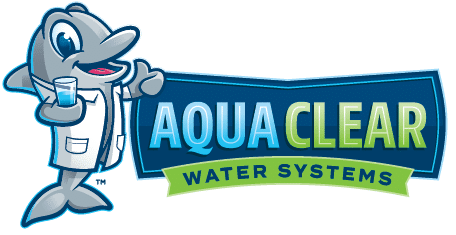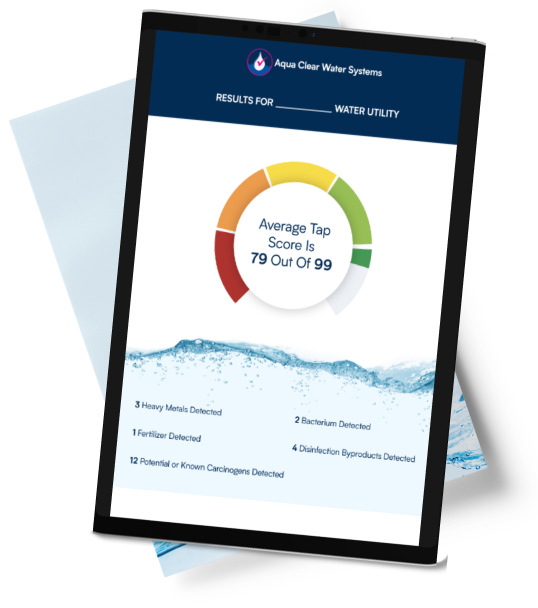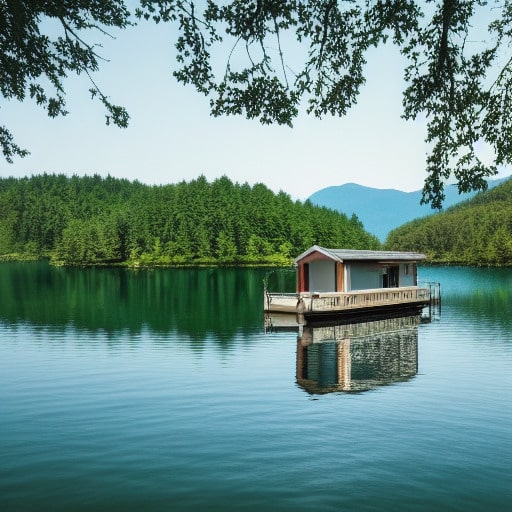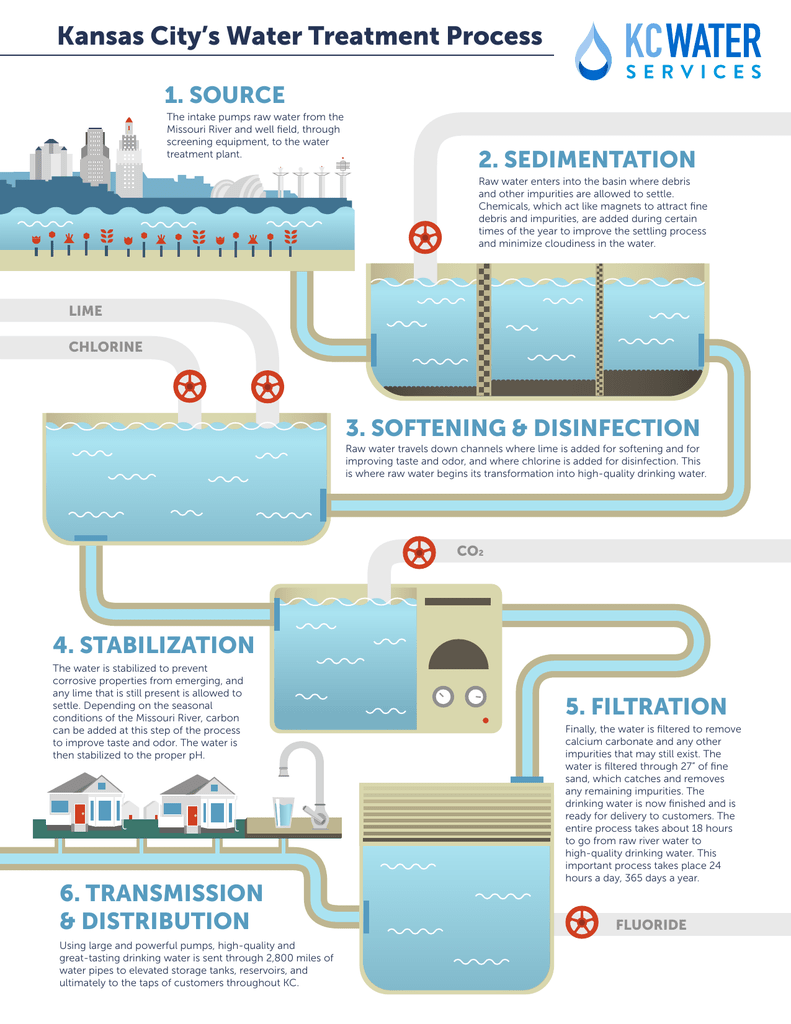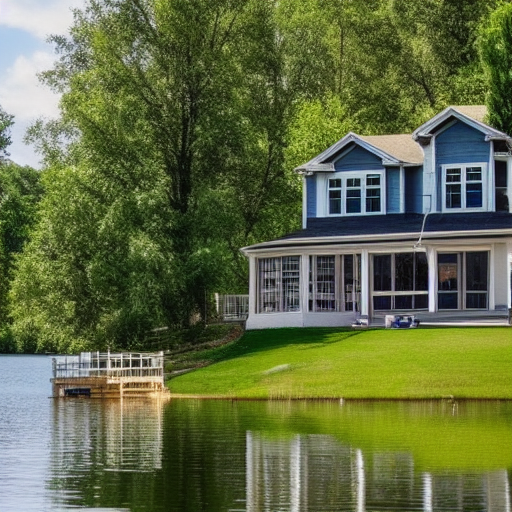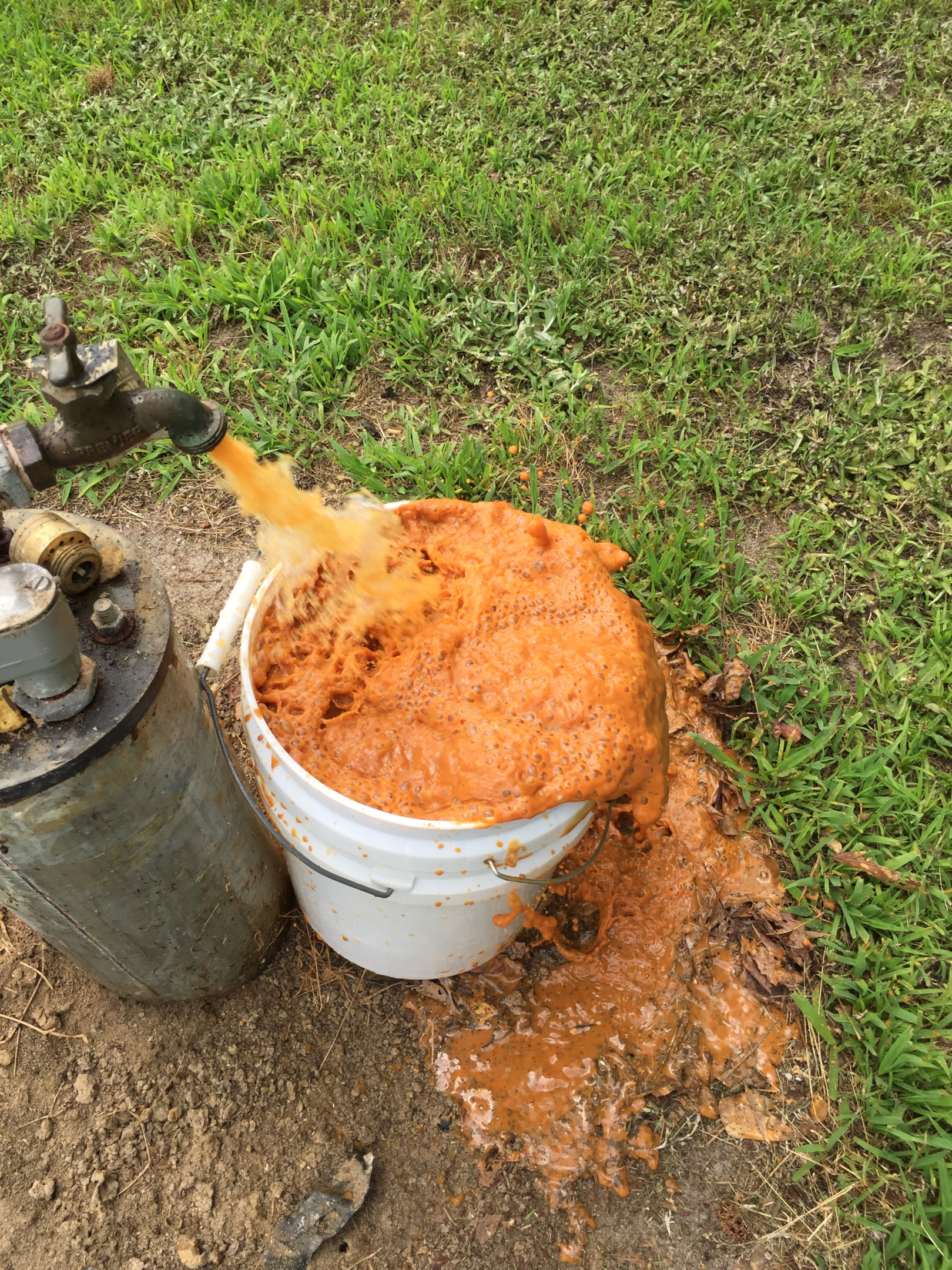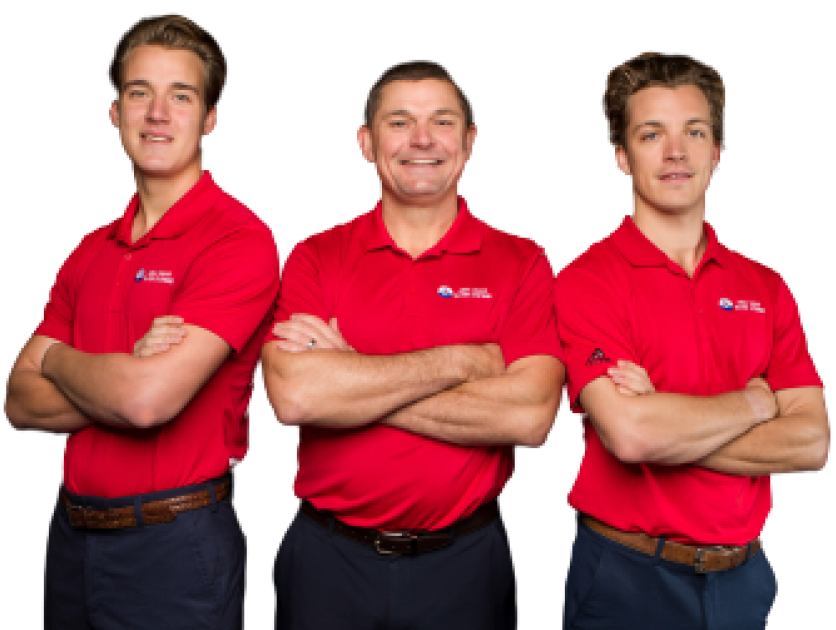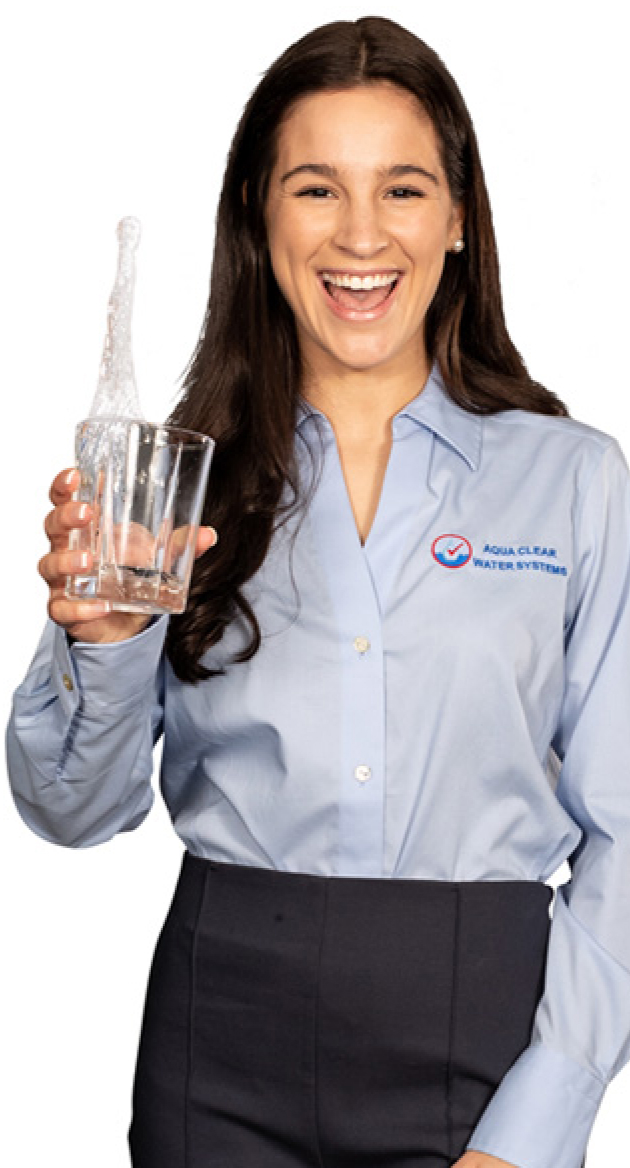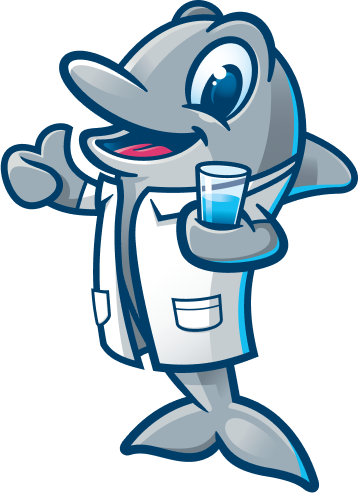As more people in East Tennessee embrace off-grid living, whether on a houseboat, lake house, or cabin near a stream, one of the most common questions we hear is: Can I filter lake water to make it safe to use?
The answer is yes, but it requires the right combination of equipment and testing. Lake water is rarely drinkable straight from the source due to runoff, animal waste, algae, and sediment. With a properly designed system, though, you can make it safe for cooking, cleaning, and drinking.
How Cities Filter Lake Water
Most municipal water systems rely on lakes and rivers. They use a multi-step process that includes chemical treatment, settling tanks, filtration, and disinfection before sending water to your tap. At home, you don’t need a plant-sized operation, but you can mimic these steps on a smaller scale.
Key Considerations for Lake Water Filtration
1. Water Source and Pump Placement
How and where you draw water from matters:
- Place intake lines 10–20 feet below the surface for clearer water.
- Keep lines away from the lake bottom to avoid stirring up sediment.
- Use a pump with a metal screen to keep out large debris.
- For boats or portable systems, pumps are typically placed right next to the filtration system for easy setup and removal.
2. Sediment Removal
Lake water carries heavy sediment, especially after rain or seasonal turnover. Options include:
- Retention tanks where solids settle out (sometimes aided by flocculants).
- Backwashing filters designed for whole-home use.
Removing sediment is the first step in protecting your pipes and downstream equipment.
3. Softening and Disinfection
Just like city systems, softening and sanitizing are critical:
- Water softeners remove hardness minerals such as calcium and magnesium that damage appliances.
- UV light systems kill bacteria, viruses, algae, and parasites.
- In some cases, chlorine or chlorine dioxide injection is needed for lakes with poor water quality.
4. Drinking Water Safety
Even with sediment removal, softening, and UV, lake water can still contain dissolved chemicals from boats, industry, or runoff. For safe drinking water:
- Install a reverse osmosis (RO) system at the kitchen sink or a whole-home RO if you need high capacity.
- RO removes pesticides, herbicides, heavy metals, and other contaminants that standard filters miss.
5. Testing Your Water
Start with a professional water test to know what’s in your local lake water. Results determine whether you need extra treatment for bacteria, iron, sulfur, or other contaminants. In East Tennessee, Aqua Clear offers free testing and system design.
6. Water Use and System Size
- Small use (drinking/cooking only): A point-of-use RO system may be enough.
- Whole-home use: Larger backwashing filters, UV disinfection, and possibly a storage tank are required.
- Irrigation only: A sediment filter is often sufficient to protect sprinkler heads, though iron and sulfur may also need treatment.
7. Living on a Boat
Houseboats and floating homes require compact, portable systems. A pump, sediment filter, and UV disinfection are typical, with RO for drinking water. Systems must be easy to remove or winterize.
Installation and Service
Lake water filtration is complex, and no two water sources are the same. Local dealers know what works in your area and can design, install, and service the right system. Over time, they’ve tested different configurations and learned which setups perform best.
If you’re in East Tennessee, Aqua Clear Water Systems has built custom systems for rivers, creeks, ponds, and lakes. Whether you’re protecting your home, boat, or cabin, we can design a solution that fits your needs.
How do cities filter lake water & make it drinkable?
If you’ve ever lived where you’ve paid a water bill it was most likely from a lake or large surface water source. To understand how to make great water for your house we look over how cities do it.
As you can see in the graph many steps are used to ensure the water supplies arrive safe at your house. When doing this at a residential level we can use a simpler process than a water treatment plant.
Let’s walk through each one.
1. How close is the lake/pond water source near you?
Distance matters when it comes to getting water to where you’re going to treat it. Usually, pumps are installed at strategic locations to ensure water flows to the treatment location with adequate water pressure.
You want to make sure your water line goes as far as you can into the lake water. If it is a pond or other sources like a river and streams get it as central as possible. Make sure the pump has some way of keeping out heavy sediment with a metal screen. 10-20 feet down is clearer water and be a good distance from the bottom of the lake to prevent sediment stir up at certain times of the year when the lake flips due to temperature change.
If the system is a portable unit for a Houseboat or a Yacht then the pump usually goes next to the system. That allows the system to be moved in the cold and out for a short time when you need to refill your storage tanks.
2. Removing Sediment From Lake Water
In cities, large amounts of aluminum chemical and other flocculants are added to help suspended solids settle to the bottom of large tanks. For residential use we install something to remove larger sediment from the water. That can be either a retention tank where the solids settle out with the help of Alum chemical city water plants use, or it can be with a backwashing filter that is more geared at making dirty water into clean water.
3. Softening and Sanitization
In large municipalities, they use lime to “soften” the water. For residential homes, water softeners allow you to take out calcium and magnesium from the lake water that destroys appliances.
Once the water is softened you can run the water through an ultra violet light that kills bacteria, algae, viruses, and parasites. Additional steps may need to be taken with Chlorine dioxide to kill bacteria in poor water quality lakes.
4. Stabilization
Due to the use only at one home and no storage tanks on the system stabilization is not required at a residential level. If the water is in a retention tank, chlorine is usually added to kill bacteria while it sits which we already covered in the last step.
5. Filtration
Finally, for our homes on lake water, there are other impurities that cannot be removed through the whole house with a massive upfront cost. So a separate drinking water system is set up at the point of consumption and comes through a separate faucet. Reverse osmosis for lake water is the only drinking water that I would consume. It can make the water safe from chemicals that get in through boats and manufacturing contaminants.
How do I test my lake water?
Now that you have an idea of what goes into a lake water filter you need to test your local lake water. One can be ordered here or if you live in East Tennessee you can have a project supervisor from Aqua Clear come out to your house and test the water for free.
What are you going to use the water for?
The usage of the water is also crucial to the system’s final design. If you are going to use it for safe drinking water consumption: reverse osmosis and sanitization are recommended.
The more water you are going to use in the house the bigger system you need. Reverse osmosis makes water slow so not usually recommended for house usage unless the system is larger and a storage tank is able to fit. More general usage requires water filters for heavy sediment removal via a Backwashing Filter, Water Softener, and Ultra Violet Light for sanitization.
Depending on the lake, more sanitization water filters could be required to kill microorganisms and allow bleach more contact time with the water to prevent algae. Usually, chlorine is injected into a retention tank killing bacteria, viruses, and parasites. Once the biological contaminants are killed the water can be further filtered with special water filters. Targeting for other contaminants like dirt, sand, hardness, and contaminants.
What if I live on a boat?
Houseboats and tiny homes on the water are common around East Tennessee. We’ve built the best system for those tight spaces and complex configurations. Give us a call if you are local and we can come out to see what works right.
If you are outside our service area just know it is possible. Start by testing the water and seeing what works right for you here. Then have your local water treatment dealer recommend you the correct water filter.
Can If I use lake water to irrigate my lawn?
Lawn irrigation systems are common on lake water. Allowing a free supply of water for the yard and minimal maintenance. The biggest issue I see developing is mainly due to sediment. So a Lake water filter for sediment on the water supply protects delicate sprinkler heads from clogging. Other common issues are iron and sulfur.
Installation and Service of Equipment
When dealing with complex equipment having a local dealer install, service, and design a proper system is crucial. Over the years local dealers have tried different setups and learned from countless mistakes. Lean on their experience to make sure you have the best lake water filter possible.
If you are in East Tennessee Aqua Clear Water Systems has designed systems for Rivers, Lakes, Ponds, Surface Water, Creek, and Streams. We can build filtration systems to fit any need and situation.
